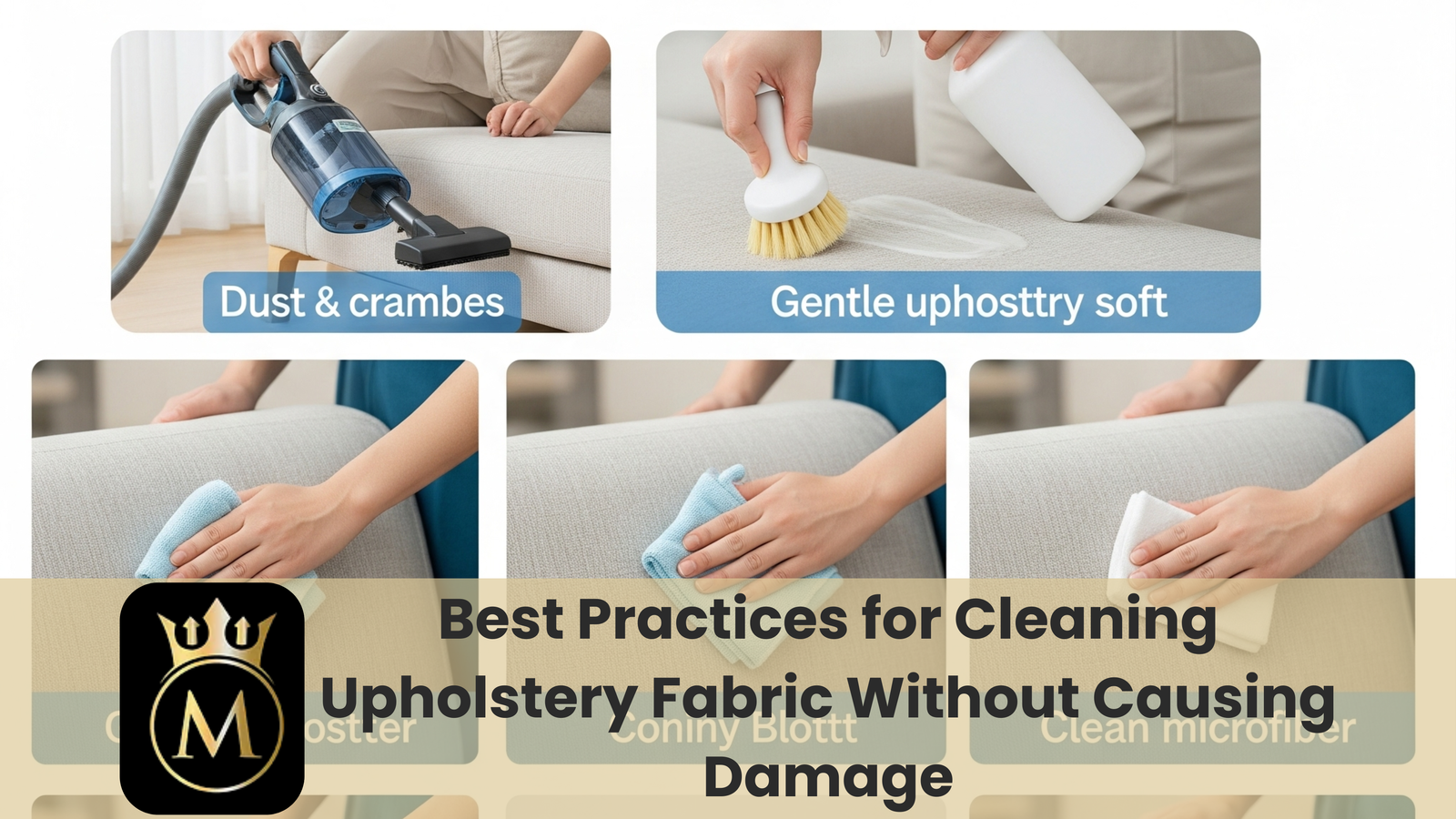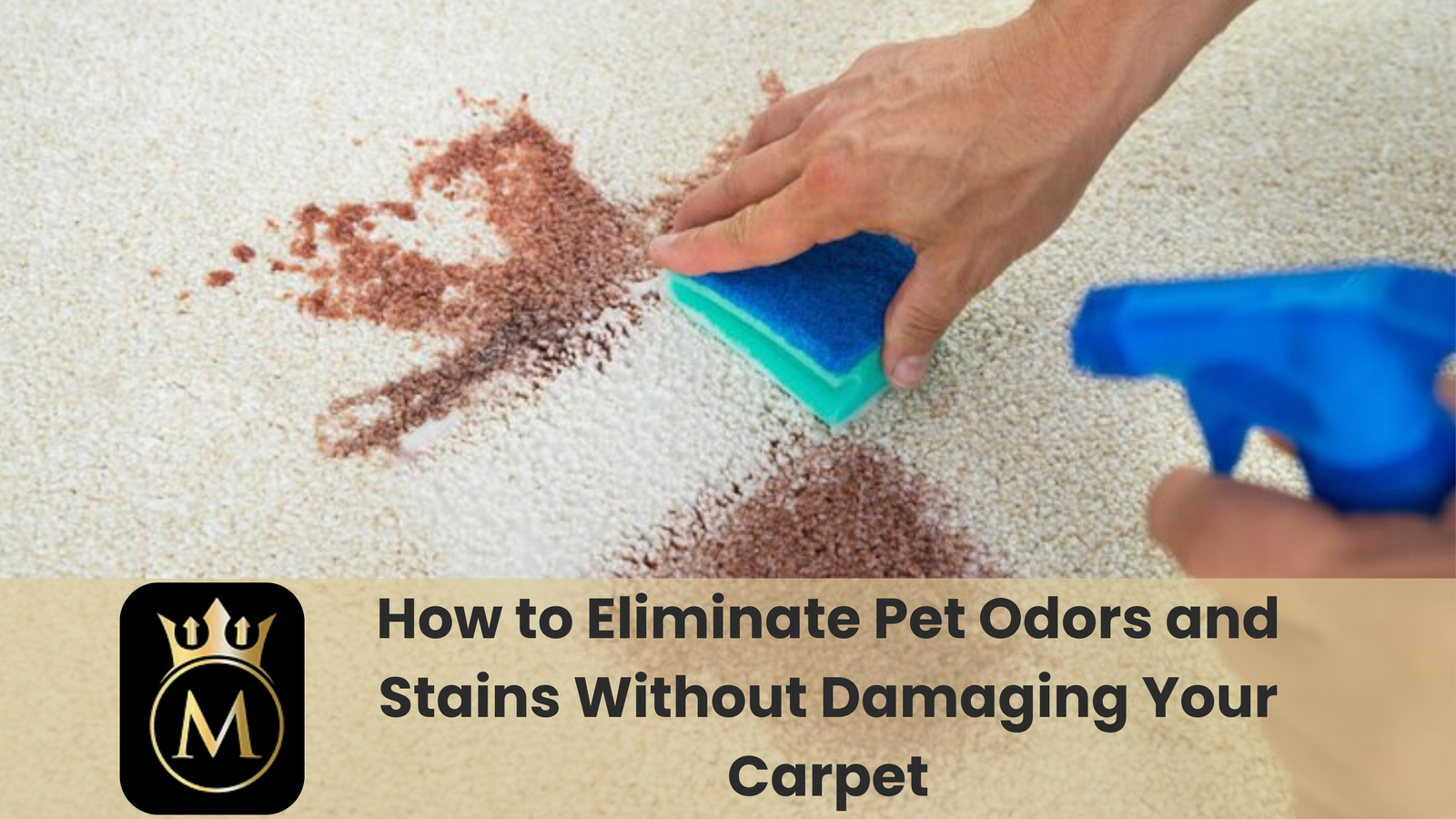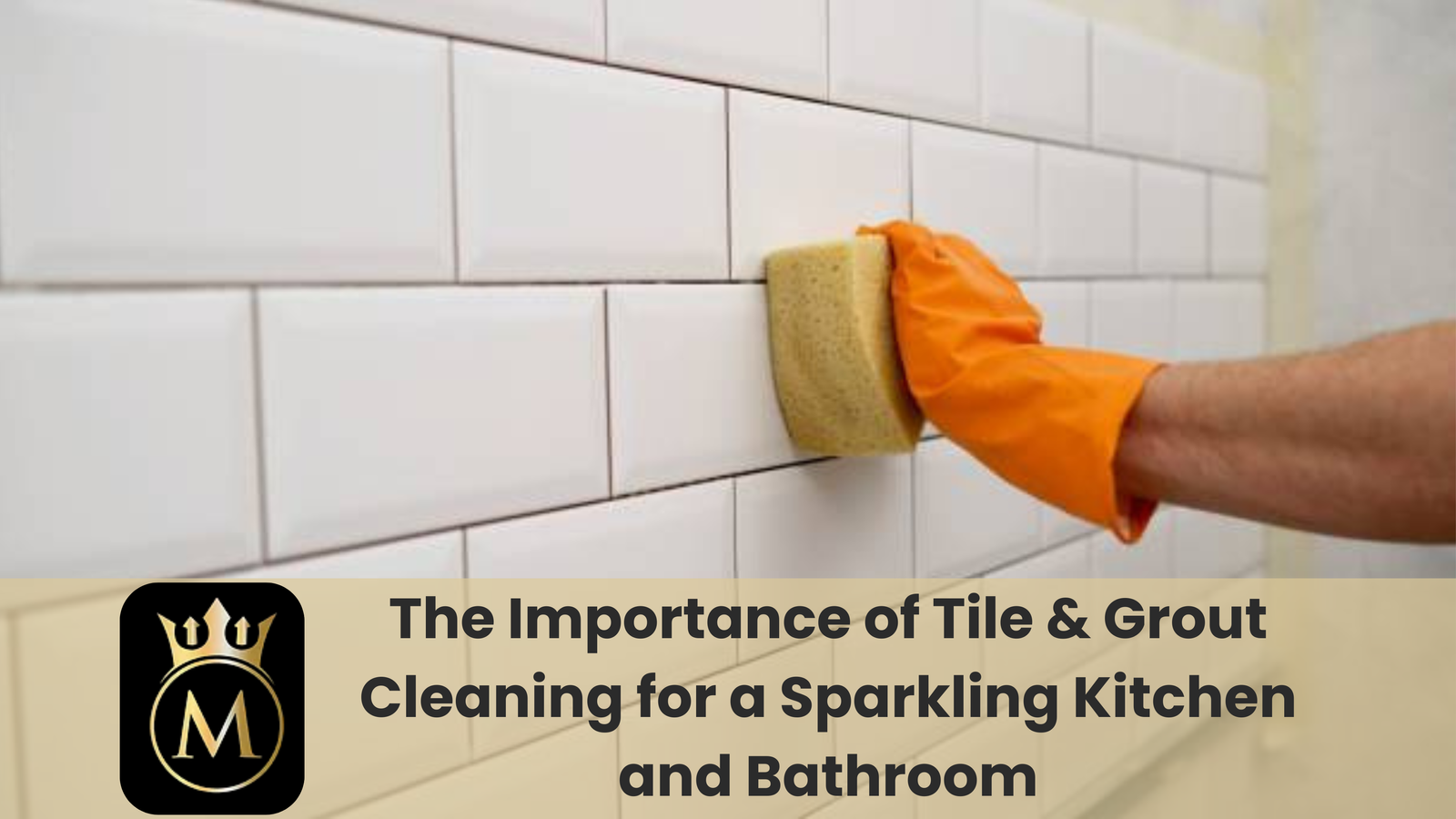Upholstered furniture adds comfort and style to any living space, but regular maintenance is key to preserving its appearance and longevity. While professional upholstery cleaning is essential for deep refreshment, maintaining your furniture between cleanings can prevent dirt buildup, stains, and fabric wear. This guide offers the top tips for maintaining upholstery between professional cleanings, helping you keep your furniture looking fresh and inviting year-round.
1. Vacuum Upholstery Regularly
Dust, dirt, and allergens accumulate quickly on upholstery, especially in high-traffic areas. Use a vacuum cleaner with an upholstery attachment to gently remove surface debris weekly. Pay close attention to crevices and seams where dirt tends to collect. Regular vacuuming not only improves the look of your furniture but also enhances indoor air quality by reducing dust circulation.
2. Rotate Cushions and Pillows
To prevent uneven wear and sagging, regularly rotate and flip removable cushions and pillows. This helps distribute pressure evenly and maintains the shape and comfort of your furniture. Rotating cushions also minimizes sun damage on one side, preserving fabric color.
3. Address Spills and Stains Immediately
Quick action is critical to prevent permanent stains. Blot spills with a clean, absorbent cloth—avoid rubbing as it pushes the stain deeper. Use mild upholstery cleaners or a homemade solution of water and gentle dish soap for spot cleaning. Always test any cleaning solution on a hidden area first to avoid discoloration.
4. Use Fabric Protectors
Applying a fabric protector spray can create a barrier against spills and stains, making cleanup easier. Choose a protector suitable for your upholstery type and follow the manufacturer’s instructions carefully. Reapply as recommended to maintain protection.
5. Avoid Direct Sunlight Exposure
Prolonged exposure to direct sunlight causes upholstery fabric to fade and weaken. Position furniture away from windows or use curtains and blinds to limit UV exposure. This simple step helps maintain fabric vibrancy and extends furniture life.
6. Keep Pets Off Upholstered Furniture
Pets can inadvertently cause damage through shedding, scratching, or accidents. Train pets to stay off furniture or use washable covers to protect upholstery. Regularly grooming pets also reduces loose hair and dirt transfer.
7. Control Humidity and Temperature
Excess humidity can promote mold and mildew growth on upholstery, while very dry conditions can cause fabrics to become brittle. Maintain indoor humidity levels between 30% and 50%, and use air conditioning or humidifiers as needed to create a comfortable environment for both your furniture and family.
8. Schedule Regular Professional Cleanings
While routine maintenance helps prolong upholstery life, professional cleanings are necessary to remove deeply embedded dirt, oils, and allergens. Most upholstery benefits from professional cleaning every 12 to 24 months, depending on usage and fabric type.
9. Follow manufacturer’s Care Instructions
Always consult and follow the upholstery manufacturer’s care labels and recommendations. Different fabrics require specific cleaning methods, and adhering to guidelines prevents accidental damage.
10. Use Slipcovers for Added Protection
Slipcovers are a practical way to protect upholstery from wear and spills, especially in homes with children or pets. They are easy to remove and wash, keeping your furniture looking pristine longer.
Conclusion
Maintaining upholstery between professional cleanings is essential for preserving its beauty, comfort, and durability. With regular vacuuming, prompt stain treatment, proper fabric protection, and attention to environmental factors, you can extend the life of your furniture and enjoy a cleaner, healthier living space. Pair these everyday care tips with scheduled professional cleanings to keep your upholstery looking and feeling fresh for years to come.







